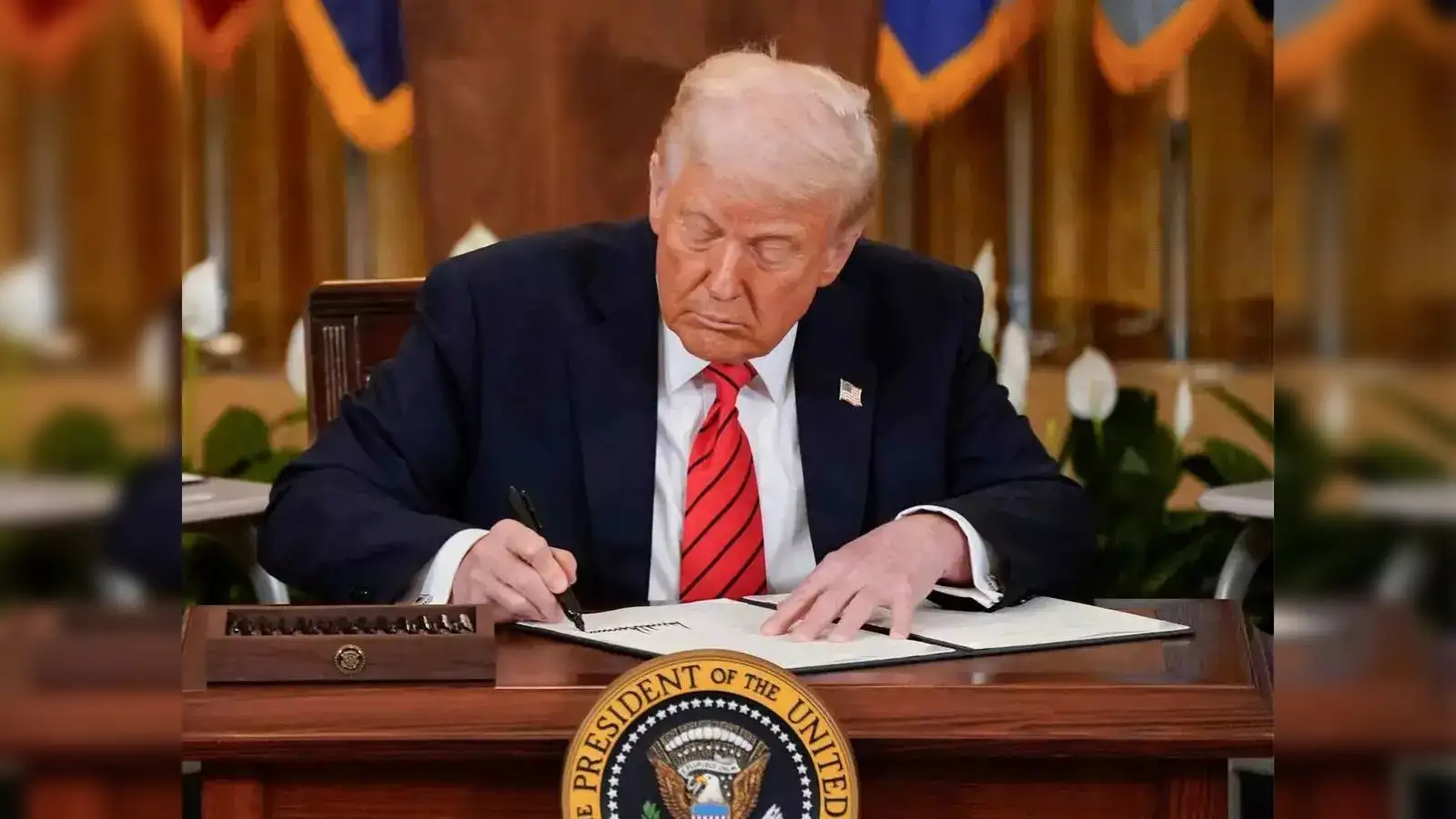Student Loan Borrowers Face ‘Enormous Tax Liability’ as Trump Administration Delays Forgiveness
By Siddhi Vinayak Misra
Copyright breezyscroll

Why student loan borrowers could face a tax shock in 2026
Millions of student loan borrowers entitled to debt forgiveness may soon face an unexpected and “enormous tax liability” due to delays under the Trump administration, according to a new filing by the American Federation of Teachers (AFT).
At issue is the expiration of a temporary tax exemption on forgiven student debt. Under the American Rescue Plan Act of 2021, any student loan forgiveness was tax-free at the federal level—but only until December 31, 2025. Unless Congress extends the provision, borrowers who receive loan cancellation in 2026 or beyond will owe federal income tax on the amount forgiven.
With over 1.3 million borrowers waiting to access income-driven repayment (IDR) plans and more than 72,000 awaiting Public Service Loan Forgiveness (PSLF) determinations, delays at the Department of Education mean many risk missing the window.
What are income-driven repayment plans?
IDR plans are designed to help struggling borrowers by tying their monthly payments to their income. After 20–25 years of payments, any remaining balance is forgiven.
Key features:
Payments are capped at a percentage of discretionary income.
Remaining balance is wiped out after two decades or more.
Forgiveness is currently tax-free only through 2025 at the federal level.
PSLF offers a faster path: loan forgiveness after 10 years of payments for qualifying public service workers. Importantly, PSLF forgiveness is not taxable at the federal level, though states may still levy taxes.
How big could the tax bills be?
Experts warn that the tax bills tied to forgiven debt could be devastating:
The average balance of borrowers on IDR plans is about $57,000.
At the 22% federal tax bracket, that translates into a tax bill of roughly $12,500.
Even borrowers in the 12% bracket could face around $7,000 in taxes.
And this is just the federal liability—some states may also tax forgiven debt if they align with federal tax law after the exemption expires.
Why the delays matter
The AFT argues the Trump administration is unlawfully blocking or slow-walking access to IDR and other forgiveness programs, effectively setting up borrowers for higher costs. The union is seeking class action status in its lawsuit against the Department of Education.
Lawmakers including Sen. Bernie Sanders (I-Vt.) have also raised alarms, warning Education Secretary Linda McMahon that borrowers may be unfairly penalized if debt forgiveness isn’t processed before the tax-free window closes.
What can borrowers do now?
Experts recommend that borrowers take proactive steps while the legal and political battles play out:
Keep thorough records – Save all payment histories and servicer communications to prove eligibility if forgiveness should have been processed in 2025.
Plan for potential taxes – Start setting aside money in case forgiveness happens in 2026 or later. Even small, regular savings could soften the blow.
Request an IRS payment plan – If hit with a large tax bill, borrowers can apply for installment agreements instead of paying the full amount at once.
Explore hardship options – Those facing severe financial distress may qualify for reduced or waived tax liability.
The bottom line
The combination of bureaucratic delays and a looming tax law change means student loan borrowers are facing more uncertainty than ever. Unless Congress acts to extend tax-free forgiveness—or the Department of Education accelerates approvals—millions may find that their long-awaited debt relief comes with a hefty IRS bill.



